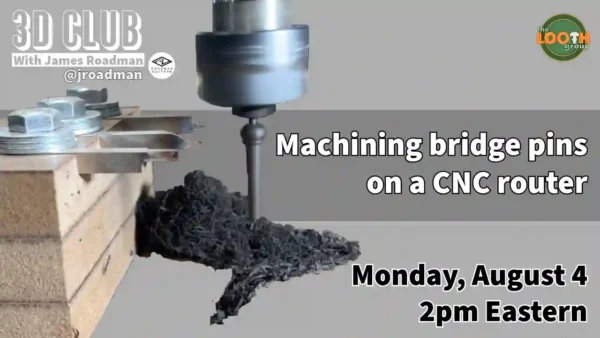The Luthier’s Guide to 3D Printing #2 – Equilibrium

We Are Unbelievably Sorry, But This Post Is For
Members
Want the full experience? Unlock all our premium content—including deep dives, exclusives, and more—by joining The Looth Group on Patreon.

If you have questions about membership, please email ian.davlin@gmail.com
The Luthier’s Guide to 3D Printing #2 – Equilibrium
Related posts




Responses